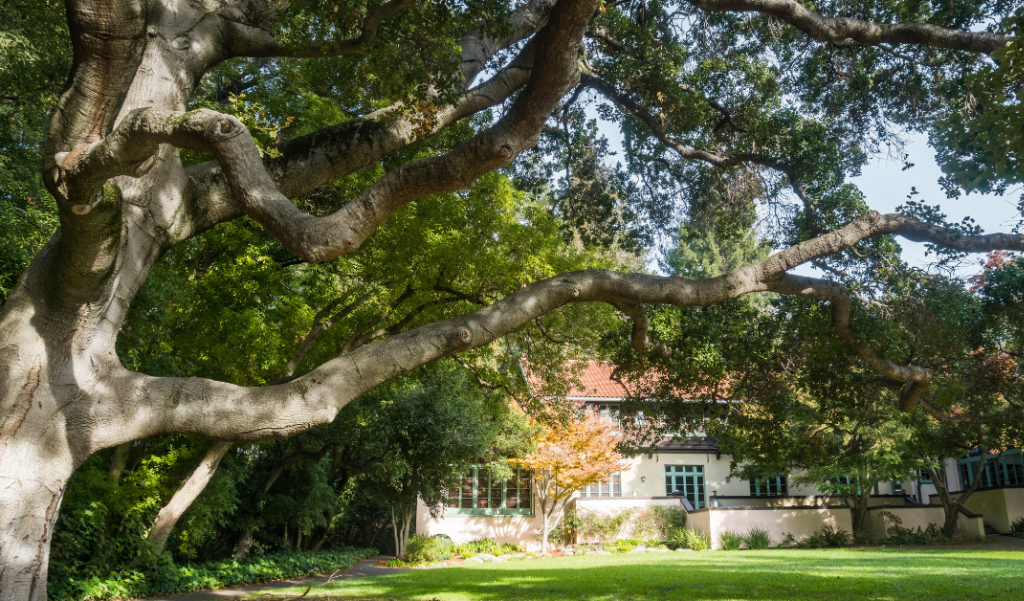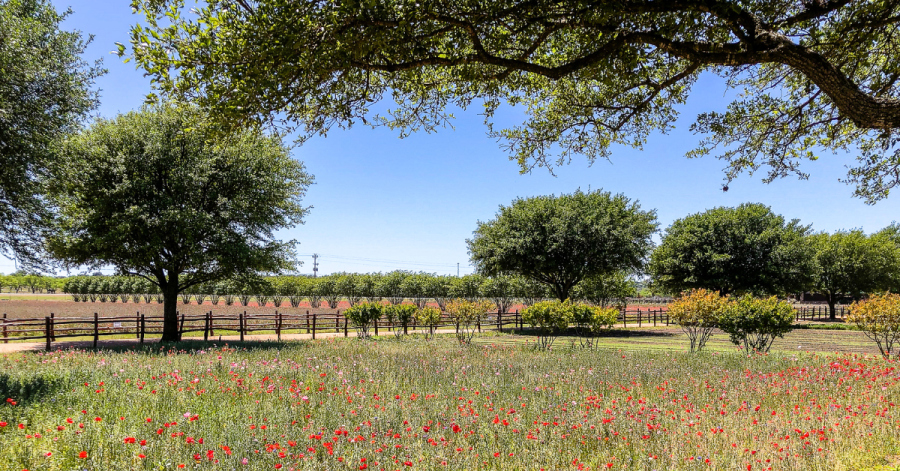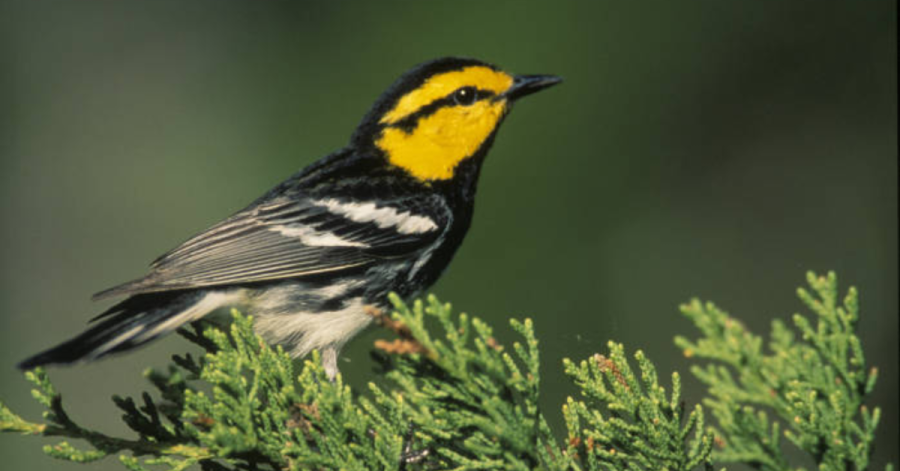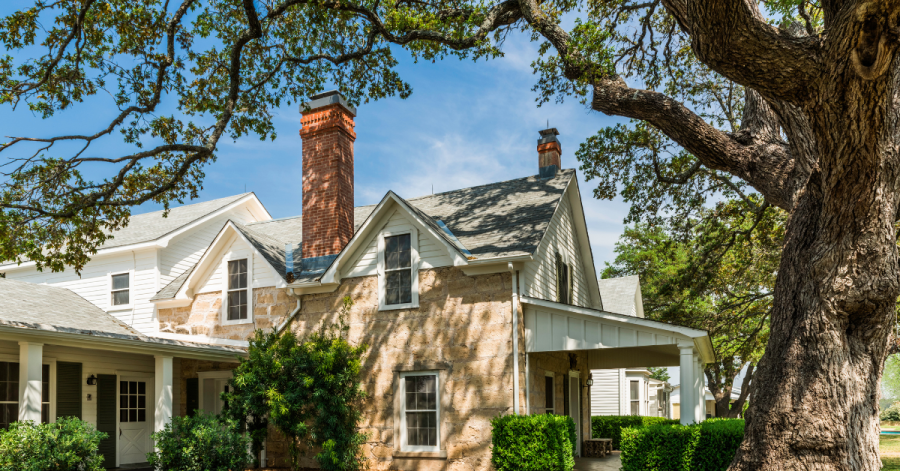Looking to make your home more energy efficient? Planting native trees is a great solution.

While adding trees to your landscape can be a big expense initially, it could turn into a great investment since they will increase your energy efficiency, improve air and water quality, provide habitat for native wildlife, and may even increase your property value. Since it's about that time of year, here are five benefits of planting native trees.
Strategically planting a combination of deciduous trees—trees that lose their leaves in the winter—and evergreen trees like the Texas Live Oak and Texas Madrone can save you as much as 50% on cooling costs and 30% on heating costs. By planting deciduous trees on the south, west, and east sides of your property, they can provide shade in the summer and sunlight for warmth during the winter. Planting evergreen trees on the north facing side to block winter winds will provide shade in the summer to help keep your home cool.

Planting a tree is one of the easiest ways to improve air quality. All trees, especially fast growing and evergreen trees, significantly improve air quality by absorbing carbon dioxide and other particles in the air, releasing fresh oxygen in return. In fact, on average, just one tree removes 48 pounds of carbon dioxide from the air per year.
Native trees like the Honey Mesquite and Bur Oak are oftentimes drought resistant making them an excellent choice for reducing your property's water consumption. The shade that trees provide reduces water evaporation, so you don't have to water your lawn as much, saving you money on upkeep. Rainwater runoff is absorbed by the roots in turn helping to reduce soil erosion and the depletion of nutrients. Additionally, tree roots act as natural filters that absorb and remove pollutants that would ordinarily end up in our water sources.

Native trees provide food and shelter for native wildlife on your property. A great example of this is the Ashe Juniper tree, which provides habitat and nesting material for the endangered Golden Cheeked Warbler. Keep in mind that it's especially important to avoid invasive species. They can spread beyond your yard, wreaking havoc on our state parks and nature preserves, and the seeds can be harmful to wildlife. Fortunately, there are over 80 native species to choose from, so you'll be able to find a perfect option. You can find a list of awesome trees for your region on the Lady Bird Johnson Wildflower Center Database.

Evergreen trees provide interesting foliage all year round and add beauty to your yard. What's more, planting trees may increase the value of your property by up to 20%, so a home worth $200,000 could increase in value by as much as $40,000.
After you've researched some native trees you like and you're ready to plant one or two, remember the cooler temperatures of fall are the best time to plant trees. If you would like to learn more about picking a good spot for your new tree friend and how to plant and maintain it, Texas A&M provides a free tree planting guide. Time to get planting!
For more information about the benefits of native plants and how to create your own native plant garden, check out our blog on the topic.